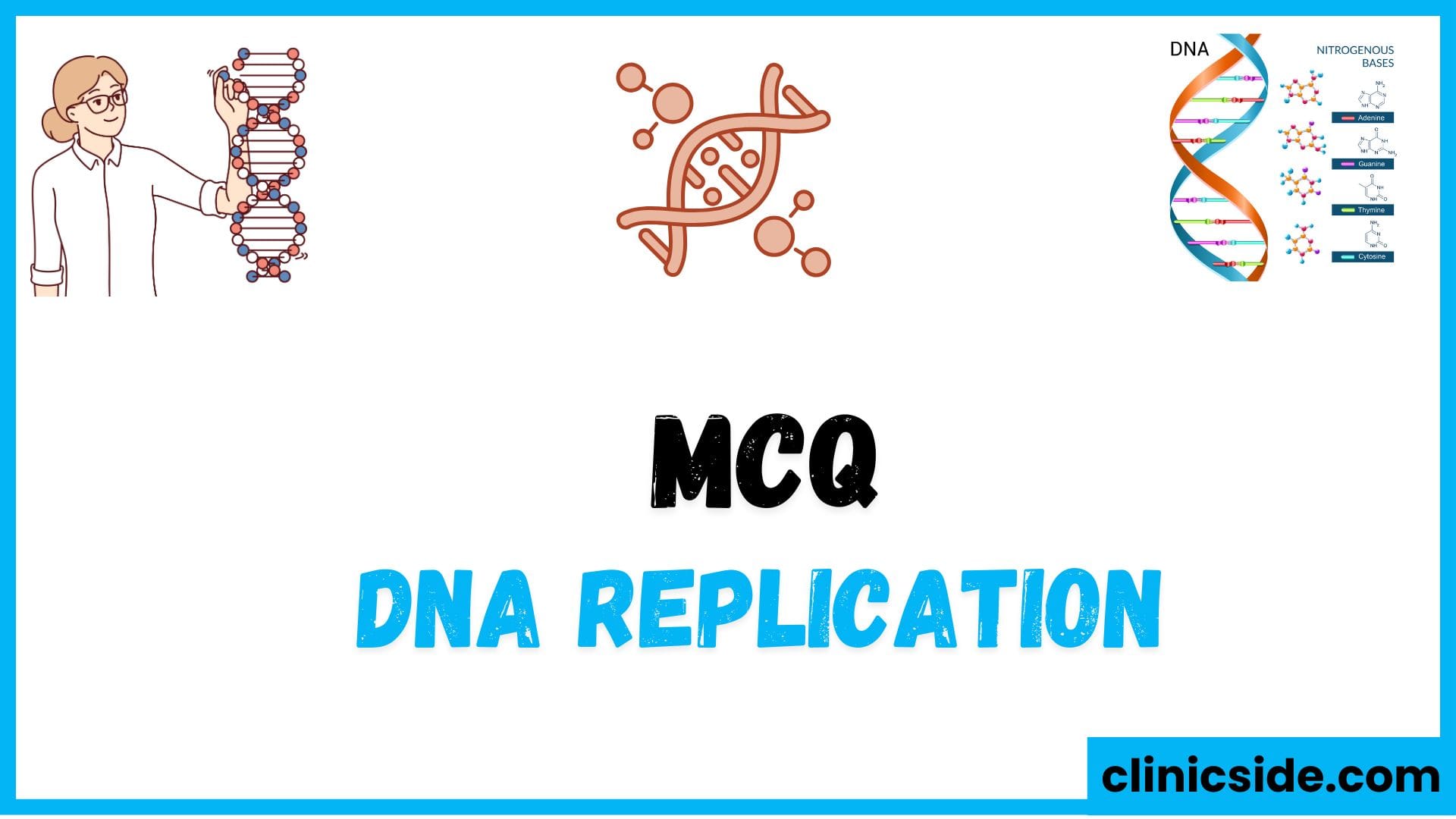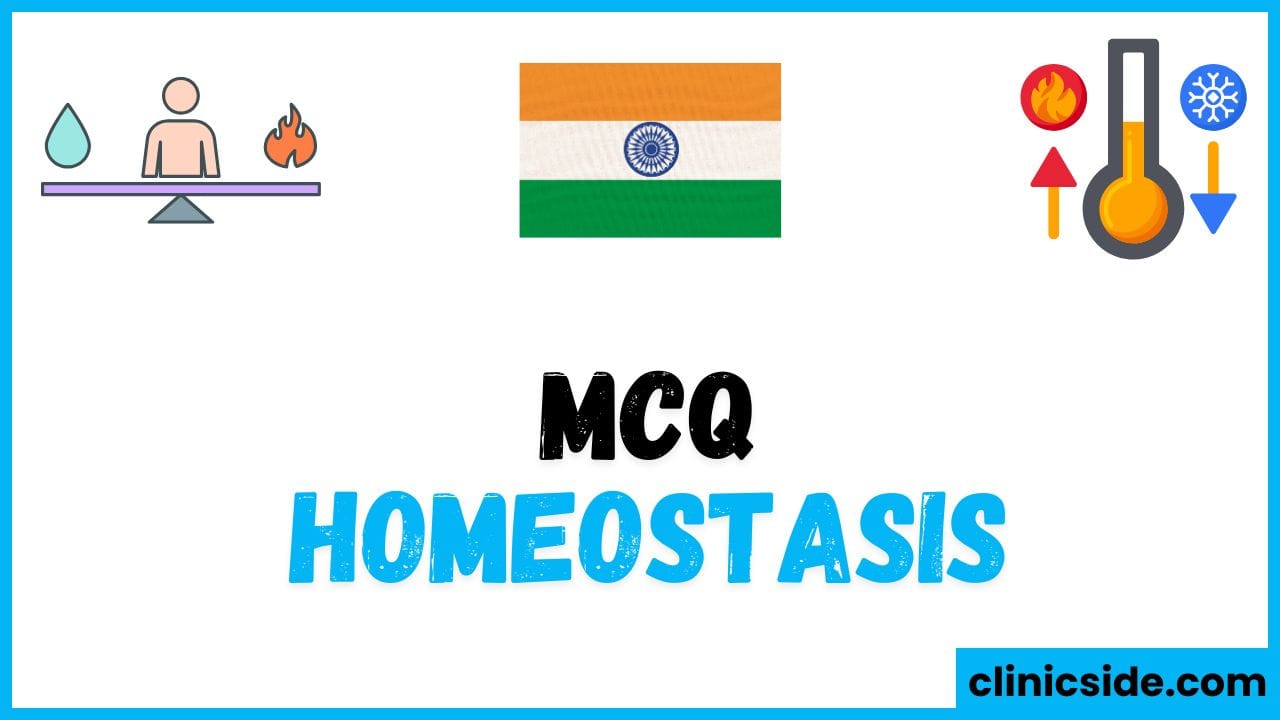Topics Covered in DNA Replication MCQs
The following description outlines the major topics covered in the MCQs related to DNA replication:
1. Mechanism of DNA Replication
- Semi-Conservative Nature: DNA replication is described as semi-conservative, where each new DNA molecule consists of one parent strand and one newly synthesized strand.
- Direction of Synthesis: DNA synthesis occurs in the 5′ to 3′ direction, following the sequence on the template strand.
2. Key Enzymes in DNA Replication
- Helicase: Responsible for unwinding the DNA double helix to create replication forks.
- Primase: Synthesizes RNA primers, which provide a starting point for DNA synthesis.
- DNA Polymerase: Adds nucleotides to the growing DNA strand and removes RNA primers in some cases.
- Ligase: Joins Okazaki fragments on the lagging strand to create a continuous DNA strand.
- Topoisomerase: Relieves supercoiling stress ahead of the replication fork by cutting and rejoining DNA strands.
- Telomerase: Extends telomeres, protecting the ends of linear chromosomes from degradation.
3. Replication Fork and Strand Synthesis
- Replication Fork: A Y-shaped region where the DNA strands separate and replication occurs.
- Leading Strand vs. Lagging Strand: The leading strand is synthesized continuously, while the lagging strand is synthesized discontinuously in Okazaki fragments.
4. Key Features of DNA Structure
- Bonding: Covalent bonds connect the sugar and phosphate in the DNA backbone, while hydrogen bonds pair bases between strands.
- Base Pairing: Adenine pairs with thymine, and guanine pairs with cytosine in DNA.
5. Prokaryotic vs. Eukaryotic Replication
- Prokaryotic DNA Replication: Generally bidirectional, starting from a single origin of replication.
- Telomerase Role in Eukaryotes: Extends chromosome ends in eukaryotic cells to prevent loss of genetic material.
6. Additional Features and Quality Control
- Okazaki Fragments: Short DNA fragments on the lagging strand synthesized discontinuously.
- Single-Strand Binding Proteins: Stabilize single strands of DNA to prevent reannealing during replication.
- Proofreading: DNA polymerase performs proofreading to correct base-pairing errors, ensuring fidelity in replication.





